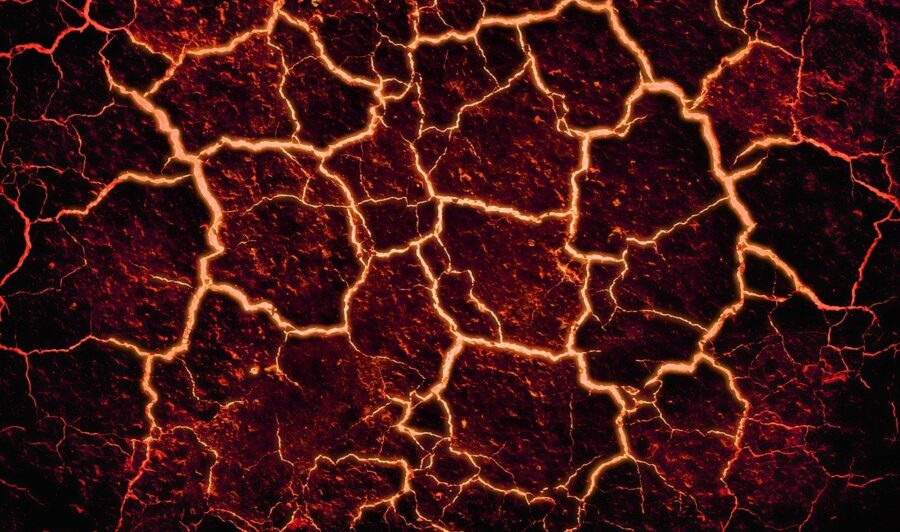There’s A Mountainous Rock Under Japan That’s An Earthquake Magnet
There is a massive rock the size of a mountain under Japan that might be acting something like an earthquake magnet in the region
This article is more than 2 years old

Of all the natural disasters out there, earthquakes might be the scariest ones. Sure, in terms of overall devastation, they are on par with the rest of the grouping out there depending on the circumstances. But what makes them just so worrisome is that no one can quite predict just when they are going to happen. If you live in a region where the frequency of earthquakes is more than zero per year, it can be like literally sitting on a ticking time bomb, just waiting for the earth underneath you to start moving. And there is a section of Japan that might be sitting on top of a rock that could actually be an earthquake magnet. Making their frequency and severity ramp up even more for those rumblings in the region.
According to Science Alert, this earthquake magnet rock is sitting under the coast of Japan and has been located because of seismic imaging in the region. The rock is called the Kumano Pluton and was first noticed back in 2006. It is an igneous rock and through painstakingly detailed imaging, scientists have figured out that this region’s earthquakes could be tracked better because of the seismic shifting in relation to this rock. It appears that earthquake severity and frequency increased around the edges of this rock, making it a hotbed for activity, but also easier to study.
One reason this particular rock could be something of an earthquake magnet is that pluton rocks display different qualities than a standard underground formation. Plutons are considered intrusive ingenious rocks of indistinct nature, meaning they are in a region or depth that makes them difficult to study in more detail. And because they are thought to be related to magma formations in a particular region, they are involved in the heating and cooling of other rocks in the area.
All of this is happening in the Nankai subduction zone in Japan which is among the more frequent earthquake zones in the region. According to scientists studying this potential earthquake magnet, the density of the rock in the surrounding nature was a bit different than normal, potentially leading to more seismic activity. That’s because this plutonic rock could be affecting the others in the region with its weight affecting to crust above it while pushing out other formations in the regions.
Essentially, this plutonic rock could be an earthquake magnet because it is so dense and rigid that the other rocks and formations in the region can’t operate around it. This, in turn, appears to have led to more tectonic activity as the earth works to interact with this one particular formation. Scientists think that because of this, earthquakes in the region are much more prevalent and also powerful. Again, the earthquake activity isn’t happening above the rock itself, but rather in all of the regions directly surrounding it.
This is just the beginning of the discovery process around this type of formation. But if this rock did prove to be something of an earthquake magnet, it could prompt further investigation of earthquake zones to see if they have similar formations. And if that’s the case, it could make earthquakes a bit more predictable in the future.












